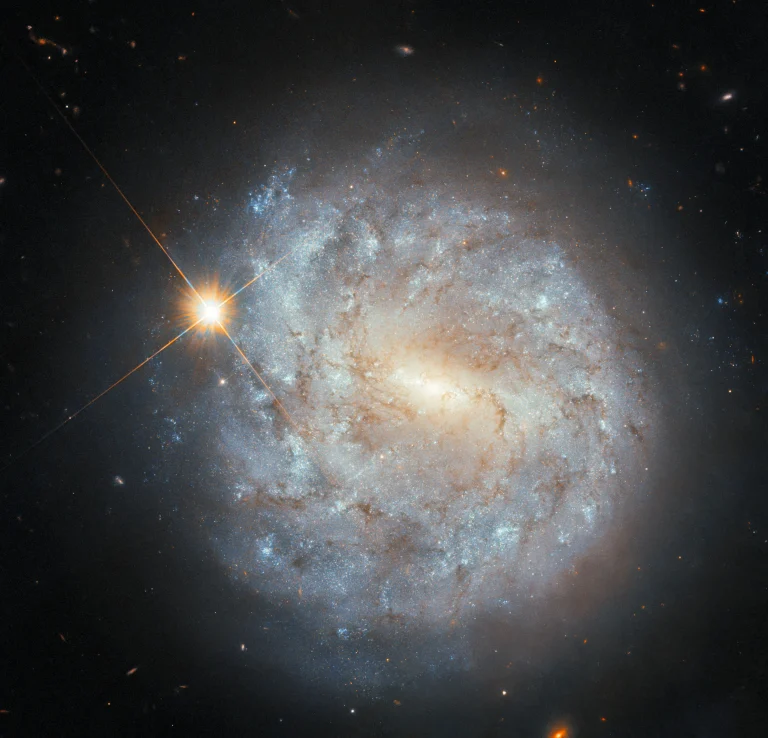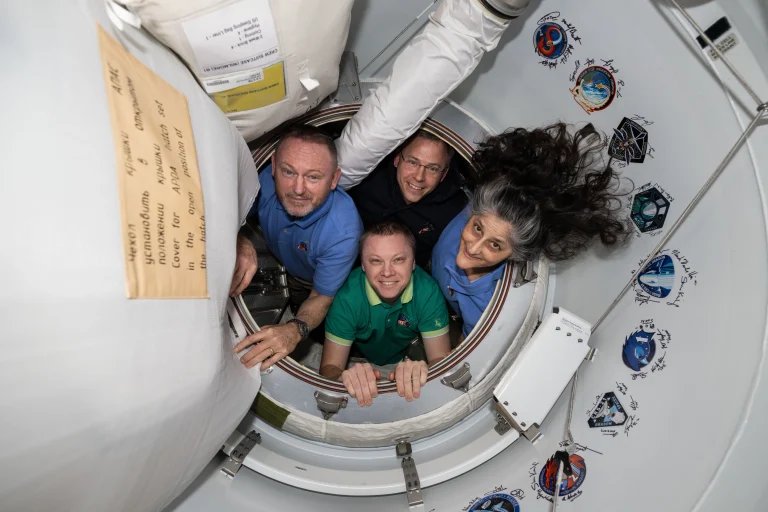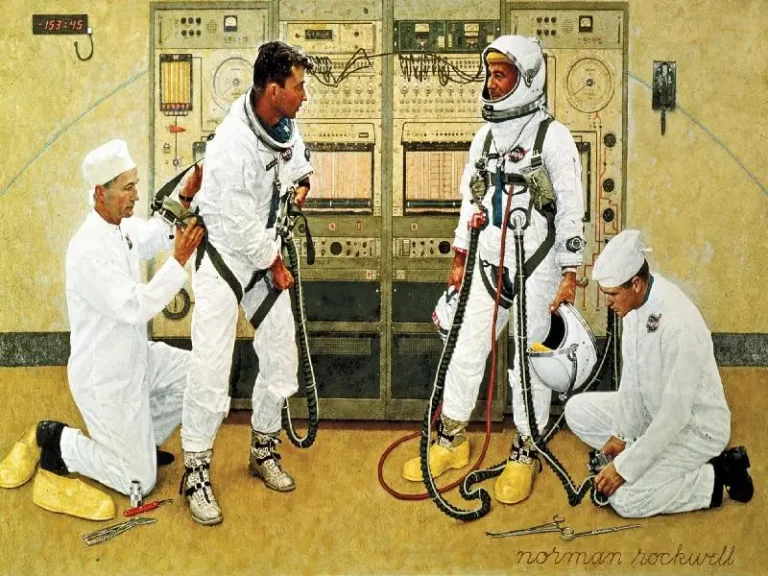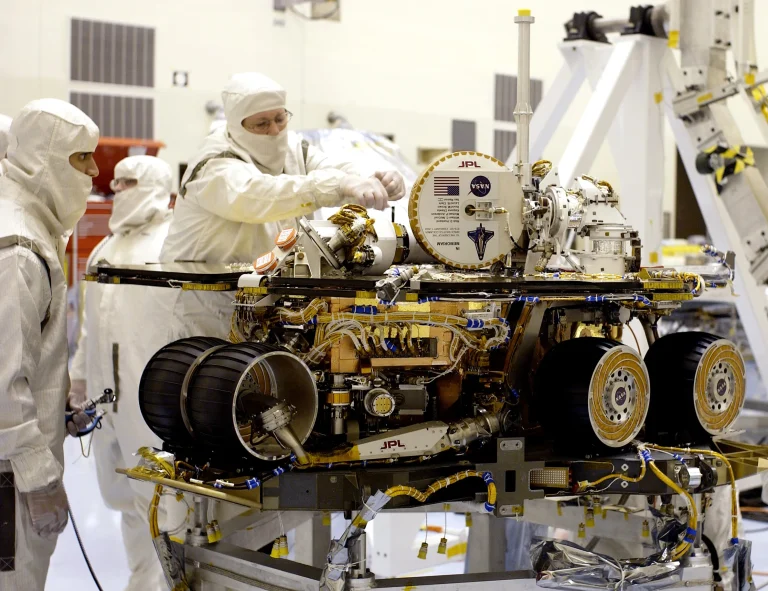This NASA/ESA Hubble Space Telescope reveals clouds of gas and dust near the Tarantula Nebula, located in the Large Magellanic Cloud about 160,000 light-years away.
ESA/Hubble & NASA, C. Murray
The universe is a dusty place, as this NASA/ESA Hubble Space Telescope image featuring swirling clouds of gas and dust near the Tarantula Nebula reveals. Located in the Large Magellanic Cloud about 160,000 light-years away in the constellations Dorado and Mensa, the Tarantula Nebula is the most productive star-forming region in the nearby universe, home to the most massive stars known.
The nebula’s colorful gas clouds hold wispy tendrils and dark clumps of dust. This dust is different from ordinary household dust, which may include bits of soil, skin cells, hair, and even plastic. Cosmic dust is often comprised of carbon or of molecules called silicates, which contain silicon and oxygen. The data in this image was part of an observing program that aims to characterize the properties of cosmic dust in the Large Magellanic Cloud and other nearby galaxies.
Dust plays several important roles in the universe. Even though individual dust grains are incredibly tiny, far smaller than the width of a single human hair, dust grains in disks around young stars clump together to form larger grains and eventually planets. Dust also helps cool clouds of gas so that they can condense into new stars. Dust even plays a role in making new molecules in interstellar space, providing a venue for individual atoms to find each other and bond together in the vastness of space.
这张由NASA/ESA哈勃太空望远镜拍摄的影像展示了蜘蛛星云(Tarantula Nebula)附近弥漫的气体和尘埃云。蜘蛛星云位于大麦哲伦星云(Large Magellanic Cloud)中,距离地球约16万光年。
图片来源: ESA/Hubble & NASA, C. Murray
宇宙是一个尘埃弥漫的世界,正如这张哈勃望远镜拍摄的图像所展现的,气体和尘埃在蜘蛛星云周围盘旋。这片星云位于剑鱼座(Dorado)和山案座(Mensa)的方向,是邻近宇宙中恒星形成最活跃的区域,孕育着已知质量最大的恒星。
在星云内部,色彩斑斓的气体云中交织着细长的尘埃丝带和深色尘埃团。这些宇宙尘埃与我们日常生活中的尘埃截然不同——家中的灰尘可能含有土壤颗粒、皮肤细胞、毛发,甚至塑料微粒。而宇宙尘埃通常由碳或硅酸盐分子(由硅和氧组成)构成。这张影像的数据来自一个观测计划,旨在研究大麦哲伦星云及其他邻近星系中宇宙尘埃的特性。
尘埃在宇宙中扮演着至关重要的角色。尽管单个尘埃颗粒极其微小,比人类头发的直径还小,但在年轻恒星周围的尘埃盘中,这些微粒会相互聚集,逐渐形成更大的颗粒,最终诞生行星。此外,尘埃还能帮助冷却气体云,使其凝聚形成新的恒星,甚至在星际空间中促进新分子的形成,为原子相互结合创造条件,在浩瀚宇宙中孕育新的化学成分。







